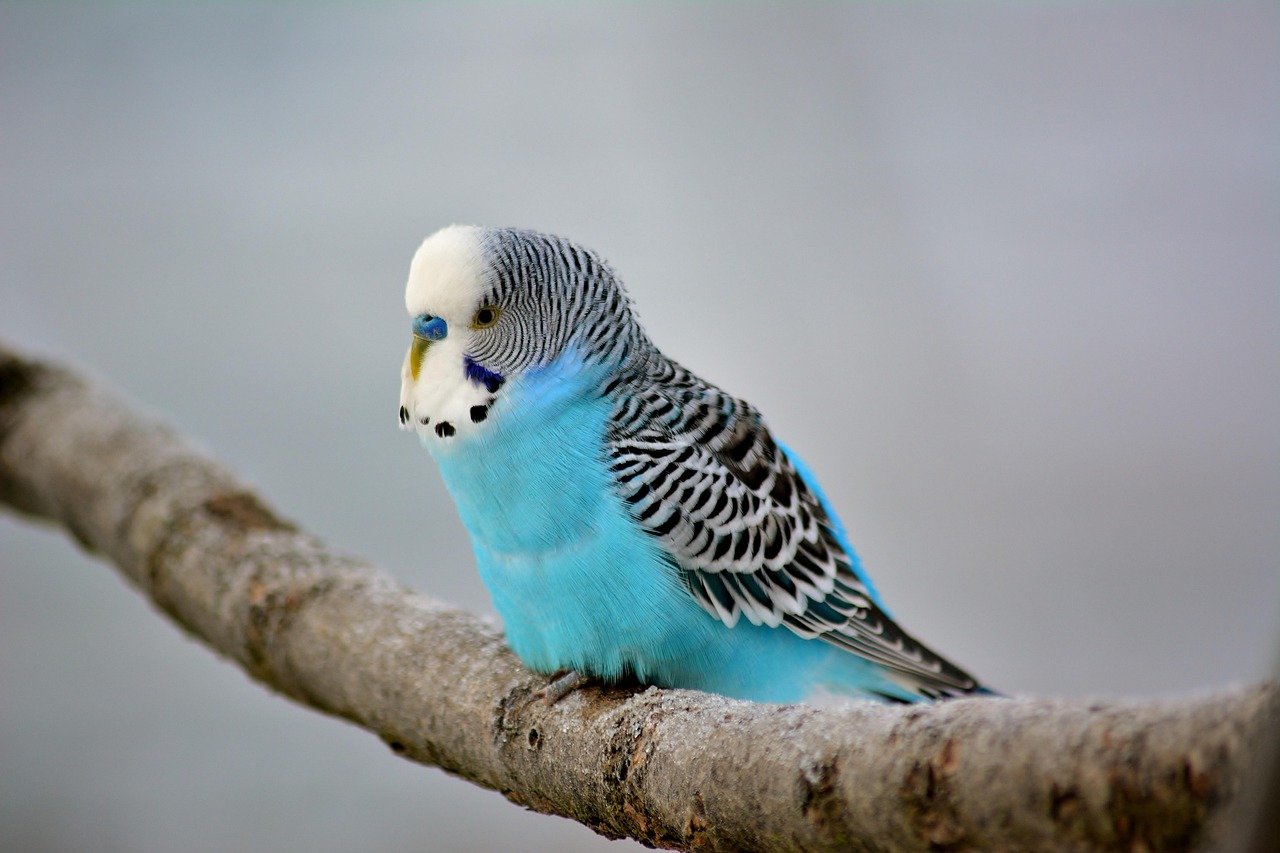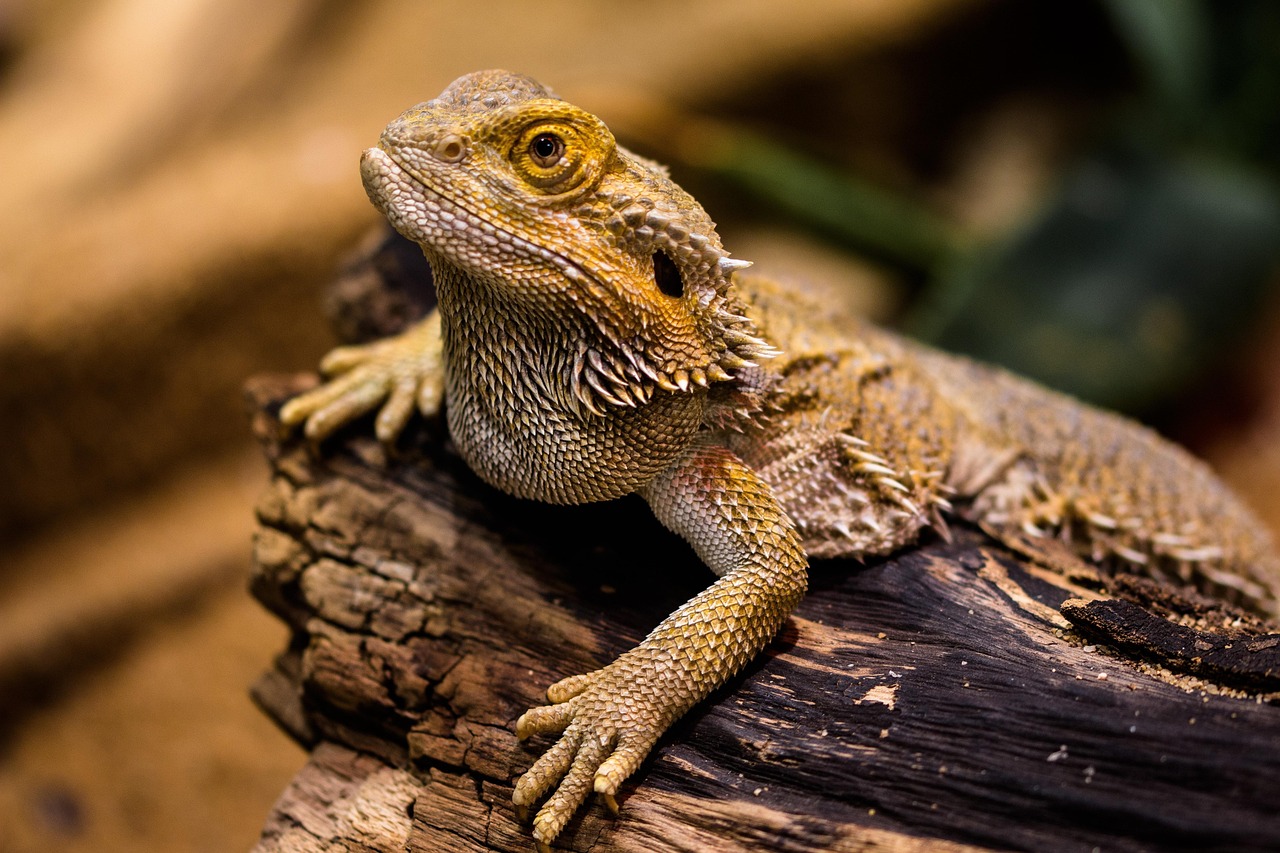Welcome to Budgie Training Made Fun
Want a friendly, hand-tame budgie? This guide shows a beginner-friendly, step-by-step approach to tame and hand-train your budgie. Budgies are bright, social, and love to learn. With patience, positive methods, and consistent short sessions you can build trust and teach your bird to step up, accept a finger, and enjoy simple tricks. Safety and a gentle pace are key, especially for nervous or young birds.
You’ll find clear sections: Know Your Budgie (basics, body language, setup), Start Building Trust (gentle moves from afar to near), a Step-by-Step Hand-Taming Plan, Troubleshooting (fear, bites, setbacks), Make It Fun (games and bonding), and Keeping Skills and Safety Long-Term. Ready to get started? Let’s make training joyful together.




Taming Your Budgie: The Easiest Method for a Friendly Parrot
Know Your Budgie: Basics, Body Language, and Setup
Budgie basics and personality
Budgies are curious, social, and fast learners — think playful parrot with a pocket-sized attention span. Males often sing more; females may be quieter but just as trainable. Young birds are usually easier to tame than older, previously handled birds. Quick tip: short, frequent sessions (5–10 minutes) win over marathon attempts.
Read their body language
Watch for these clear signals so you know when to approach or back off.
Practical cage setup for confidence
Place the cage where the family spends time — not in direct sun or drafty hallways, and avoid constant foot traffic. Eye-level placement helps birds feel included without being startled.
Essentials to add now:
Simple health checks & when to pause training
Do daily quick checks: appetite, droppings (form and color), feather condition, breathing. Pause training if you see lethargy, fluffed-up posture for hours, sneezing, abnormal droppings, or if your bird molting heavily — all signs they need rest or vet care before resuming.
Start Building Trust: Gentle Steps from Afar to Near
Establish a calm, predictable presence
When your budgie is still unsure, think slow and boring — in a good way. Speak softly, move deliberately, and keep sessions short (3–7 minutes). A quiet hum or a short whistle (try a simple two-note “pss-pss”) repeated before offering food becomes a friendly cue over time. One budgie owner I know went from panicked flaps to perching within three afternoons simply by sitting reading beside the cage and whispering the same two notes.
Set a regular interaction schedule
Birds love routine. Pick two consistent windows each day (after morning clean-up and mid-afternoon) so your budgie learns when you’ll be available. Consistency reduces anxiety and speeds learning far more than longer but irregular visits.
Use food and vocal cues to build positive associations
Offer a favorite treat through the bars — not pushed, just visible. Use the same soft voice cue each time so the treat and the sound become linked. Millet, small seed pieces, or tiny bits of fruit work well; Vitakraft-style sticks are convenient for beginners because they’re easy to hold and irresistible to many budgies.
Practice observation sessions and scent familiarity
Spend quiet “show and tell” time near the cage without direct approaches: read aloud, hum, or do a calm chore. Let the bird watch your habits from a safe distance so it learns your scent and rhythm. Avoid staring; minimal eye contact is less threatening.
Gentle approaches and treating through bars
Offer treats between bar gaps or rest them on a perch edge. Let the budgie decide the distance. If it edges closer, freeze and praise softly — sudden movement will set progress back.
Short daily exercises & tracking progress
These small wins are the foundation for moving from “near” to hands-on work in the next section.
Step-by-Step Hand-Taming Plan: From Perch to Finger
1) Start with target training (goal: confident approach)
Use a small target—a chopstick, 6–8″ dowel, or a lightweight bird training perch. Click or say your marker (quick “yes!”) the instant the budgie touches the target, then reward. Do 5–10 quick repetitions per 3–5 minute session, 2–3 times daily. Ideal treats: tiny millet pieces, hemp hearts, or a tiny apple bead. This builds a predictable, non-threatening “touch → reward” link.
2) Permit stepping onto the target stick (goal: step onto an object)
Hold the stick slightly below or level with the bird’s perch and present it parallel to the perch. Marker the first curious step, treat immediately. Timing: 3–7 minutes; aim for 3–8 successful steps per session. Keep the stick stable—sudden wobble scares them. Example product: a bamboo training stick or “Mikki” style perch works well because of texture.
3) Move the target to a hand-held perch (goal: accept your hand near weight)
Swap to a hand-held perch (same size as the stick) and repeat. Hold your wrist relaxed, palm facing slightly up, fingers together so the perch is stable. Wait patiently—if the bird ignores it for 30–60 seconds, pull back and try again; forcing invites refusal.
4) Teach the “step-up” cue and shift to your finger (goal: finger step-up)
Introduce the verbal cue (“step up”) as the bird climbs onto the hand-held perch. After reliable steps, replace the perch with your finger in the same position (finger flat, knuckle low, wrist relaxed). Say the cue, give the marker the moment its foot leaves the old perch, then reward.
5) Reward consistency & session design
Real-life tip: one owner moved from perch to finger in a week by rewarding every single three-second balance on the finger—small durations add up fast.
Troubleshooting: Handling Fear, Bites, and Setbacks
Likely causes
Budgies can regress for lots of normal reasons: hormonal surges in spring, a sudden loud noise (vacuuming!), illness, overtraining, or a change in household routine. One owner, Jess, found her budgie started nipping every evening — turned out the bird was molting and tired.
Quick calmers (what to do right away)
Do / Don’t: immediate behavior fixes
Do:
Don’t:
Concrete corrective steps
Safety & vet checklist
If progress stalls, backing up and adding enrichment usually reignites curiosity — patience is your best tool.
Make It Fun: Games, Tricks, and Bonding Activities
Quick playful wins
Keep things light — 2–3 minute sessions, lots of praise, and predictable routines build confidence fast. Try these short, repeatable games that spark curiosity and gentle hand contact:
Two mini trick plans (step-by-step)
Target-to-hand transfer — builds hand confidence
- Reward touch to a target stick (click/treat) until consistent.
- Move the target gradually onto your hand, so the budgie touches the stick while perched on your palm.
- Reward and briefly remove the hand. Repeat, slowly reducing the stick until the bird touches your bare hand.
- Ask for a tiny hop onto your finger, click, then reward on the palm.
Peekaboo step-up — playful and bonding
- Have the budgie on a nearby perch; hide your face behind your hand.
- Say “peek!” and present your palm as a small landing spot. Click and treat when the bird steps on.
- Increase the cue timing so the bird learns “peek” = step-up onto hand.
Weave training into your day
Make training routine: a quick pre-meal session (they’re food-motivated) and a gentle morning greeting (soft speech, two-minute perch work). Use low, cheerful praise, brief gentle petting under the chin, and stop before the bird shows tired signs. Rotate treats (millet sprays, soaked seeds) and toys to keep things novel — play should feel like shared fun, not a chore.
Keeping Skills and Safety Long-Term: Maintenance and Social Tips
Daily refreshers and reward rotation
Short, consistent refreshers keep hand-taming from fading. Aim for 2–5 minute sessions most days: a quick step-up, a palm hop, or a target touch. Rotate rewards so motivation stays high — millet one day, a soaked seed or a small piece of fruit another. Small variety prevents boredom and maintains interest without overfeeding.
Introducing new people slowly
Treat new humans like mini training projects. Have them sit quietly, offer a neutral treat from a closed hand, then follow the same trust steps you used: eye-level calmness, target work, then a slow palm offer. Expect regressions for a few days; give your budgie time to generalize trust.
Grooming, vet visits, and travel safety
For nail trims and wing checks, practice “towel perches” so your budgie tolerates gentle restraint. Use a calm, dim environment and an assistant if possible. For trims, many owners prefer a grinder to clippers because it’s gentler — try the Lasnten Bird Nail Grinder and Clipper Kit for an at-home option. Always reward immediately after handling to keep the experience positive. For vet trips, acclimate the carrier: leave it out, place treats inside, and do short carrier sessions at home before the outing.
Preventing bad habits and managing routine changes
To curb screaming, ignore attention-seeking calls and reward quiet behavior instead. Avoid constant hand-carrying that can create overdependence; schedule independent playtime with foraging toys. If household routines shift (new baby, odd work hours), maintain short, predictable interactions—birds adapt faster to consistent cues than to long, irregular sessions.
When to progress vs consolidate
If a skill is reliable across people and contexts, gently raise the challenge (longer holds, new locations). If your budgie hesitates or shows stress, step back and consolidate: shorter reps, higher reward rate, and revisiting earlier steps. Small wins stacked daily build lifelong habits.
Now move to the final summary to tie these tips into your overall bonding plan.
Takeaway: Small Steps, Big Bond
Patience, consistency, and playfulness are the secret sauce. Tiny, gentle steps—watching body language, offering a perch, one short finger step—turn nervousness into curiosity. Keep sessions brief (5–10 minutes), positive, and regular; celebrate tiny wins like a relaxed tail flick or a curious hop. Over time those moments stack into real trust and a joyful relationship.
Today’s next step: pick one tiny exercise (offer a treat from your closed hand or hand-perch practice), do it once or twice, and note the result. Repeat often. Enjoy the process—your budgie notices your calm energy, and every small victory brings you closer to a lifelong friend. Share progress with a community or journal to stay motivated, and smile daily.










Question: when the article says ‘avoid sudden moves,’ how slow is slow? I work from home and sometimes flinch when a Zoom surprises me — is that a dealbreaker for training 😂
I just put my bird’s cage facing away from my desk during calls. Saves both of us from accidental chaos.
Not a dealbreaker! Aim to move at the pace that doesn’t prompt the bird to hop or fly. If you’re nervous about Zoom flinches, set up a quiet corner for training or give short sessions when you’re calm.
I appreciate the focus on making it fun. Bought the Kyouki Foraging Box and the Colorful Rope Perch set after reading — they’re both big hits. One note: the foraging box pieces were a little hard to assemble, so might help to mention that in the article.
Thanks for the heads-up, Sophie — we’ll add a short note on assembly tips. Glad the toys are a hit!
Same here. Took me longer than expected to put the foraging box together. Worth it though — my budgie dismantles it in 5 minutes 😂
Pro tip: use tiny pliers to push the clips in. Made assembly easier for me.
Small rant: the article mentions treats but didn’t give a calorie warning. My budgie gained weight after too many millet stick rewards 😬. Be careful — balance training treats with overall diet.
I cut treats into tiny bits for training so my bird gets the cue without too many calories.
Same — I alternate between Kaytee bits and tiny pieces of fresh veggies to keep things healthy.
Fair point, Ethan. We’ll add a reminder about moderation and suggested low-calorie reward options. Thanks for flagging!
This article was super practical. The troubleshooting tips saved me — had no clue about wing-body language. Heads up: the Dual Pack Training Clickers with Wrist Straps are tiny but loud. They startled my floofy one at first.
Good point, Jake — always test the clicker volume away from the bird first. You can cover it momentarily or click gently until they get used to the sound.
Lol my budgie thought the clicker was a tiny hammer. I now click with my finger near the toy until she associates it with treats.
Five-line mini story: Tried the ‘from perch to finger’ step last night.
He climbed, he paused, he judged me with a tiny parakeet glare.
Then he accepted the millet. We bonded. 10/10 would recommend.
Also, that clicker is satisfying. 😄
This made my day, Maya. Love the tiny parakeet glare imagery — congratulations on the win!
Hah, the parakeet glare is REAL. Congrats!
Such a wholesome progress report. Gives me hope.
Loved the step-by-step plan — finally something that doesn’t assume my budgie was born knowing tricks. Tried the Kaytee Peanut-Coated Bonding Bits and my budgie actually peeped for more 😂. Quick Q: how long do you recommend waiting between sessions so they don’t get overwhelmed?
Great to hear it’s working, Emily! Aim for short sessions (5–10 minutes) 2–4 times a day for beginners. If your budgie seems tired or fluffs up, take a longer break and try again later.
Also depends on the bird’s age. Younger budgies often handle more frequent sessions.
I do 3 quick sessions a day. My budgie likes the millet sticks after the Kaytee treats — motivates him to come closer.
Tried the Colorful Rope Perch and Foraging Toy Set. It’s colorful, durable, and my budgie chews it like a tiny green demolition crew. Quick tip: secure rope ends well — mine started to fray after heavy use.
Also rotate the rope so chewing wears more evenly.
Good practical note, Ben. We’ll add a line about checking rope integrity regularly for safety.
Thanks — I was worried about the fraying too. Will watch that closely.
I knit the frayed ends back together and dipped them in bird-safe glue. Fixed for another month 👍
Hmm, article felt a bit optimistic about quick progress. My budgie is suspicious of hands and I’m still at the ‘from afar to near’ stage after a month. Anyone else on the slow track?
Lots of budgies take their time — months is normal for some. Consistency, tiny steps, and predictable treats (like millet or the Kaytee bits) help. Celebrate tiny wins!
If you haven’t, try switching to millet sticks (Vitakraft) as a high-value treat during trust-building. Worked wonders for mine.
You’re not alone. Took us 10 weeks to get a single step onto a finger. The article’s patience tips helped me stay calm.
I appreciated the safety reminders. My last bird got bored and started chewing the cage bars — swapped in the HOORITO Five-Piece Parakeet Training Toy Set and that helped a lot. Also, PSA: rotate toys weekly or they lose interest.
Great tip on rotating toys — keeps enrichment fresh. Thanks for sharing the HOORITO experience!
Totally. I rotate toys every 5–7 days and my budgie gets excited when a ‘new’ one appears.
Short and sweet: article = gold. One tiny nitpick: add a quick checklist for first-night setup (toys, perch placement, chill vibes). Would’ve saved me from overthinking.
Smart idea, Hannah — a first-night checklist is being added. Thanks!
Yes please. A printable checklist would be awesome.
Constructive: loved the visual on budgie body language, but the picture of wing signals could use labels and bigger arrows. New owners will stare at it for 10 minutes trying to decode ‘slight wing flick’.
Yes! I stared at that pic too and thought it meant ‘dance’ at first 😂
Thanks, Zoe — we’ll update the visuals to make those signals clearer. Good feedback!
Big fan of the maintenance tips. Also — FYI — the Lasnten Bird Nail Grinder and Clipper Kit is honestly worth the money. My vet used to charge me for nail trims, now I do quick trims monthly and it’s less stressful for my budgie.
Agree! I practiced on an old wooden perch first to get the hang of the grinder noise so my budgie wouldn’t freak out.
Thanks for sharing your experience, Grace. Self-trimming is convenient if you feel comfortable; always go slow and stop if the bird is stressed.
Loved the games section — teaching ‘step up’ while playing hide-and-seek with toys was genius. Anyone tried teaching tricks beyond step-up? I’ve seen budgies do figure-eight flights and that seems next level.
Would love a follow-up article on advanced tricks. Sign me up for more complex moves 🙋♀️
Started teaching peekaboo and 2-step spins. Trick training is just chaining tiny behaviors together — patience and treats (Vitakraft millet!)
Figure-eight flights are advanced but doable with flight-trained budgies. Focus on solid recall and motivation first, then build the trick slowly with lures and clicker training.
Anyone have tips on multi-budgie households? The article mentioned social tips but I have 3 and training one without the others interfering feels impossible.
Multi-budgie training is trickier. Try separating the bird you’re focusing on into a quieter area/cage during sessions, or train at different times when others are occupied with toys. One-on-one attention matters.
I trained mine individually by moving each bird to a separate travel cage for short sessions. Not ideal, but it worked.